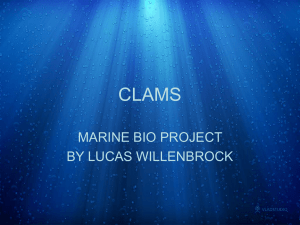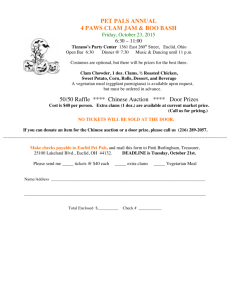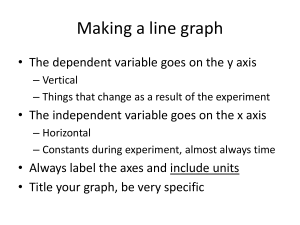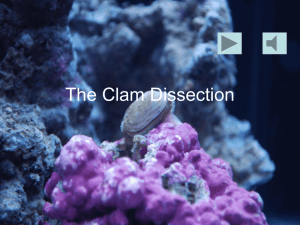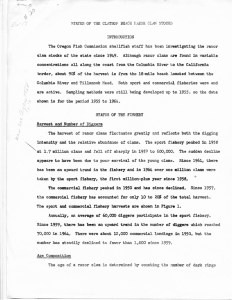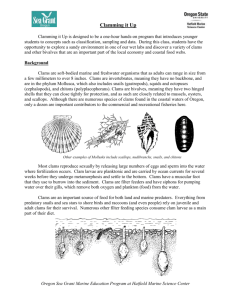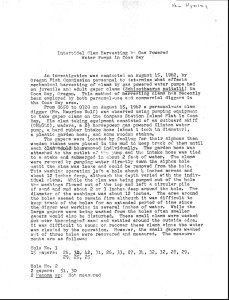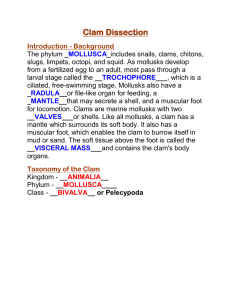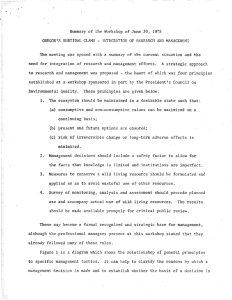Clams- Powerpoint
advertisement
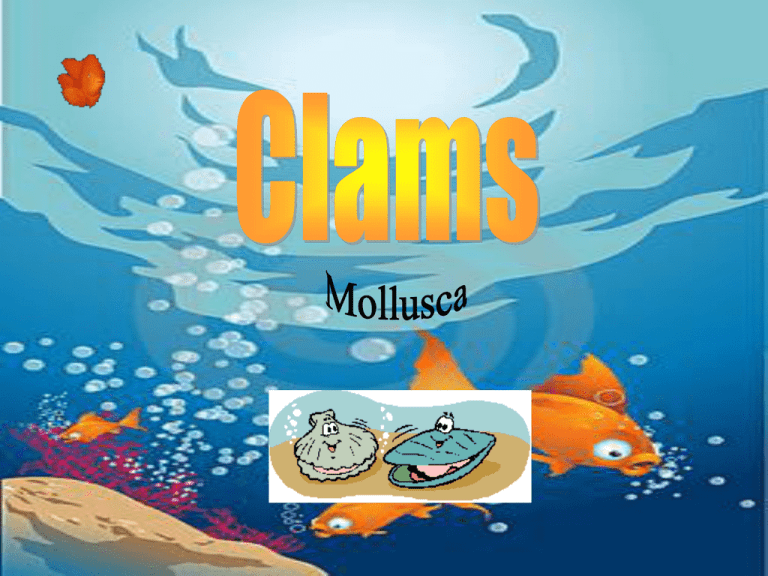
• Clams come in many colors, including shades of brown, red-brown, yellow and cream • They have shells consisting of two halves • The halves are connected at the top • The abductor muscles on each side hold the shell closed • They have a foot that is used to dig into the sand • They have a pair of long siphons that extrude from the clams' mantle • They inhabit the subtidal regions of bays and estuaries to about 15 meters in depth • They are generally found in mud flats and firm bottom areas consisting of sand or shell fragments • They can live in saltwater Home sweet home • Clams are filter feeders that feed on plankton • Water and food particles are drawn in through one siphon to the gills • Tiny, hair-like cilia move the water and the food is caught in the mucus on the gills • The food-mucus mixture is transported along a groove to the palps that push it into the clam’s mouth • The second siphon carries the water away • They usually require both males and females to reproduce • Their eggs and sperm are released into the water and then fertilization takes place • The eggs hatch into veligers and they live among and eat other plankton • The veligers settle on rocks, wood, or the ocean bottom and start to grow their valves • Most clams stay in the same place for much of their lives but some are able to move around • Burrowers move up and down through mud and sand by extending their foot • Then they expand the tip of their foot to anchor themselves and pull their shelled bodies up or down in the burrow • Others "swim" through the water by clapping their valves together • The largest known bivalve was a Giant Clam which weighed 734 pounds and was four feet in length • The shells the Giant Clams were used as children's bath tubs and for baptismal fonts in many churches • It was once thought that the Giant Clam could trap a diver underwater by closing suddenly on his or her foot, but this could only happen to a very slow or very careless diver • Many animals eat clams, including eels, sea stars, whelks, and people That’s me!
